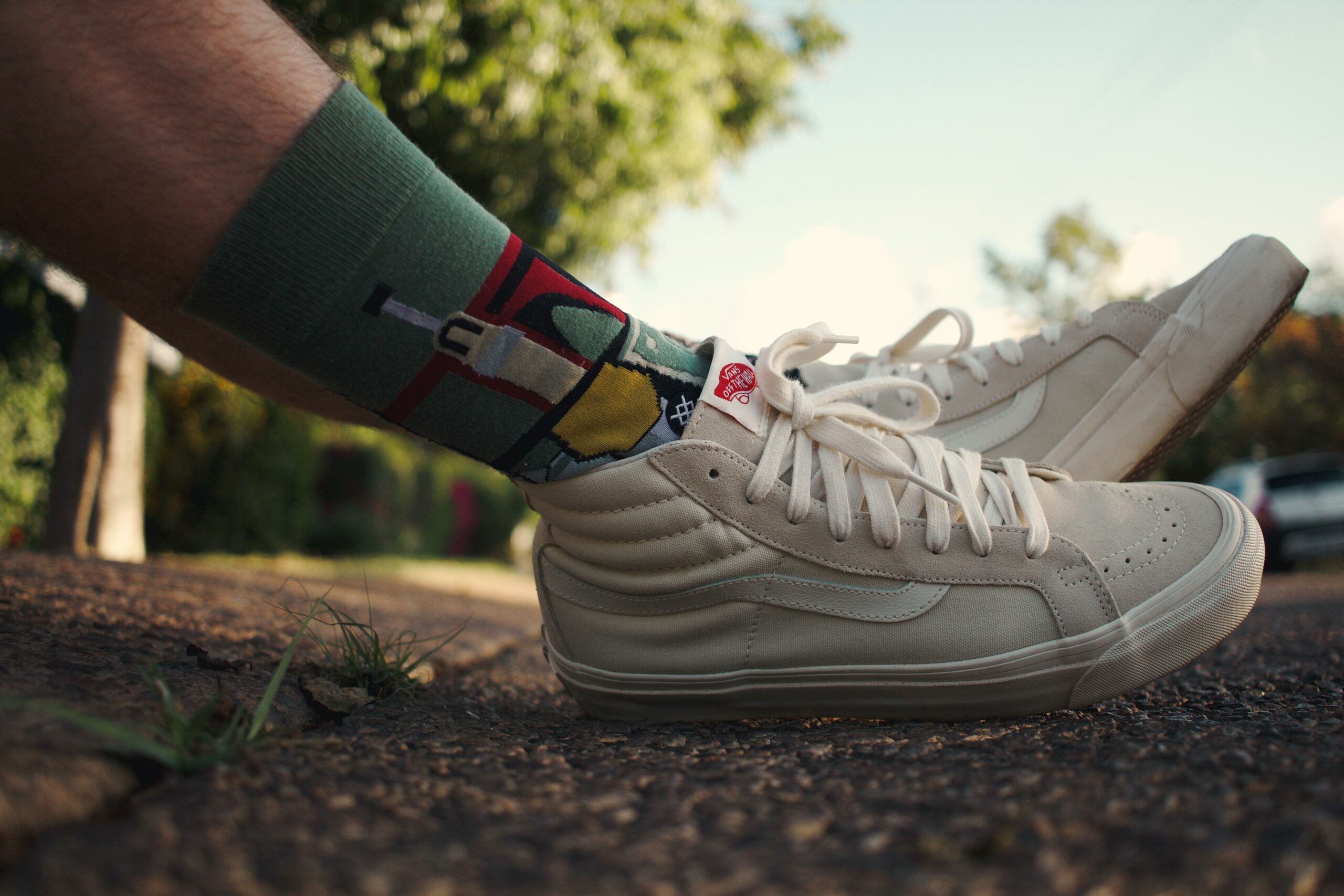In the fast-paced world of automotive design and engineering, few vehicles have undergone as remarkable a transformation as vans. These versatile machines, once seen as nothing more than practical workhorses, have evolved into sleek and stylish icons of modern mobility. From their humble beginnings as bare-bones cargo carriers to their current status as innovative and technologically advanced marvels, the evolution of vans is a fascinating tale of design, ingenuity, and adaptability. In this article, we will delve into the captivating journey of these four-wheeled revolutionaries, exploring how they have revolutionized transportation and become an integral part of our lives.

Evolution of vans
Vans, a brand that started as a small family-owned business in 1966, has grown into a global phenomenon known for its skateboarding shoes and iconic checkerboard pattern. But Vans is more than just a footwear brand; it represents a revolution on wheels. Let’s dive into the exciting evolution of vans and explore how they have transformed over the years to become the versatile vehicles we know today.
From its humble beginnings as the Van Doren Rubber Company, Vans quickly established itself as a leader in the shoe industry. But the brand didn’t stop there. It recognized the need for transportation that suited the active lifestyles of its customers and ventured into the world of vans. This move was a game-changer, setting the stage for the revolutionary evolution of vans.
Vans started with simple, functional designs that focused on meeting the needs of skateboarders and outdoor enthusiasts. The early vans were spacious, rugged, and built to withstand intense use. They quickly gained popularity among athletes and adventurers alike. As Vans expanded its product offerings beyond footwear, its vans became a symbol of freedom and self-expression.
But the evolution of vans didn’t stop at functionality. As technology advanced, so did the features and capabilities of these vehicles. Vans began incorporating state-of-the-art safety features, advanced infotainment systems, and cutting-edge design elements. The evolution of vans also saw the introduction of eco-friendly models, catering to environmentally conscious consumers.
Vans have transformed into more than just vehicles; they have become a lifestyle. Today, vans offer endless customization options, allowing owners to truly make their vans an extension of their personality. From sleek and stylish to rugged and adventurous, vans can be tailored to fit individual preferences and needs.
The evolution of vans has also seen a shift in perception. Once associated primarily with skateboarders and outdoor enthusiasts, vans have now become popular among families, businesses, and even celebrities. Their versatility and functionality make them a practical and reliable choice for various purposes, from road trips and camping adventures to mobile businesses and transportation services.
But what sets vans apart from other vehicles? Why have they become such a significant part of our culture? The answer lies in their adaptability. Vans can be transformed into mobile offices, cozy living spaces, or even miniaturized versions of luxury homes. They serve as a blank canvas for individuals to express their creativity and fulfill their unique needs. Vans have become a symbol of freedom, open roads, and endless possibilities.
As we reflect on the exciting evolution of vans, it’s clear that they have come a long way since their inception. From a small shoe company to a globally recognized brand, Vans has never stopped pushing boundaries and embracing change. The evolution of vans represents the brand’s commitment to innovation and its ability to adapt to the ever-changing needs and desires of its customers.
In conclusion, the evolution of vans is a testament to Vans’ commitment to creativity, authenticity, and inclusivity. These versatile vehicles have come a long way, from simple and functional designs to technologically advanced, customizable marvels. Vans have cemented their place in our culture, symbolizing freedom, self-expression, and the pursuit of adventure. So next time you see a van rolling down the road, remember that it represents more than just a mode of transportation—it represents a revolution on wheels.
“The evolution of vans represents the brand’s commitment to innovation and its ability to adapt to the ever-changing needs and desires of its customers.”
Vans History: Looking to dive into the fascinating journey of Vans? Click here to explore the riveting history of this iconic brand that has stood the test of time. Discover how Vans has evolved from its humble beginnings to becoming a global trendsetter. Whether a seasoned Vans enthusiast or simply curious about its origins, this insightful tale is sure to captivate and inspire. Embark on a journey through time and witness the innovative spirit that has shaped Vans into the legendary cultural phenomenon it is today. So, what are you waiting for? Delve into Vans History now and discover the secrets behind this beloved brand.
Click here to explore Vans History
FAQ
Question 1
What is the history of Vans?
Answer 1
Vans was founded in 1966 in Anaheim, California by Paul Van Doren, Jim Van Doren, Gordon Lee, and Serge Delia. Initially known as the Van Doren Rubber Company, it started by manufacturing and selling shoes directly to customers. Over the years, Vans has evolved from a small family-owned business to a globally recognized brand known for its skateboarding shoes.
Question 2
What are Vans’ core values and brand identity?
Answer 2
Vans has a mission statement, vision, and core values that emphasize creativity, authenticity, and inclusivity. The brand is committed to self-expression, artistry, and individuality, which remains at the core of its ethos. The iconic Vans checkerboard pattern and the “Off The Wall” slogan are significant parts of its identity.
Question 3
How has Vans expanded its product offerings?
Answer 3
Initially focused on footwear, Vans has expanded its product offerings over the years. In addition to shoes, the brand now includes apparel and accessories. This diversification allows Vans to cater to a broader customer base and provide a complete lifestyle brand experience.
Question 4
What is Vans’ impact on the environment, people, and animals?
Answer 4
Vans has a “Good On You” rating, indicating that it is considered an ethical choice based on its impact on the planet, people, and animals. The brand strives to make sustainable choices and minimize its environmental footprint. Additionally, Vans values the well-being of its employees and ensures fair practices throughout its supply chain.
Question 5
How does Vans stay relevant in an evolving market?
Answer 5
To stay relevant and appeal to a diverse customer base, Vans has undergone changes and adaptations over the years. The brand sponsors athletes and events in various sports, including skateboarding, surfing, snowboarding, BMX, and motocross. By actively engaging with these communities and supporting their passions, Vans remains at the forefront of youth culture and maintains its position as a leading brand in the industry.
“`json
“`
















